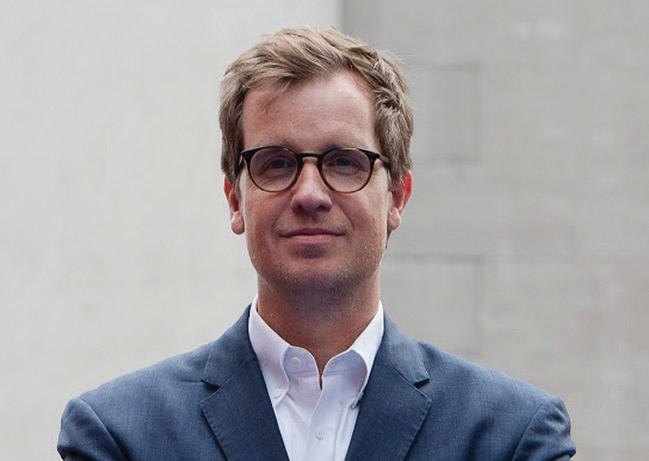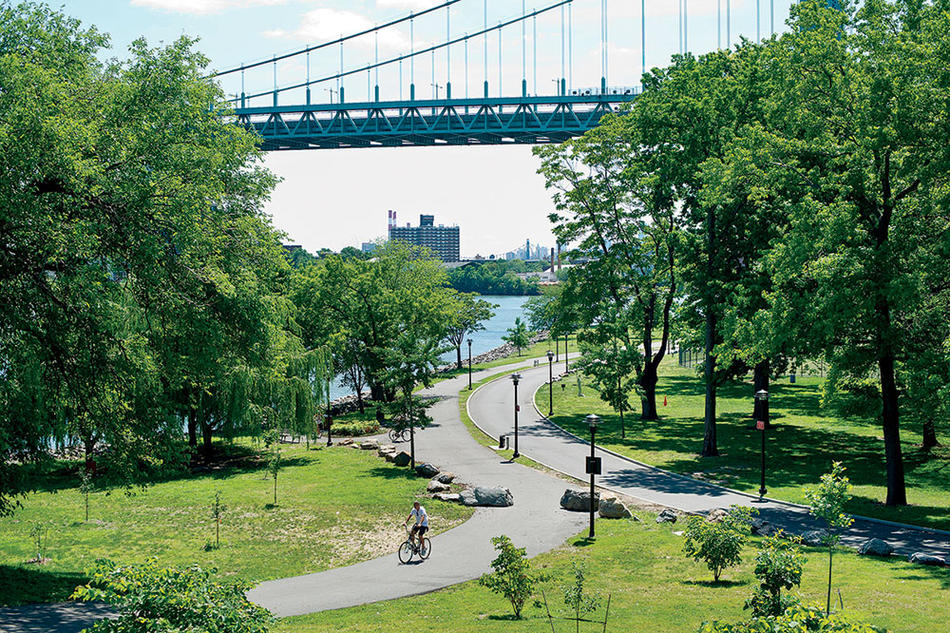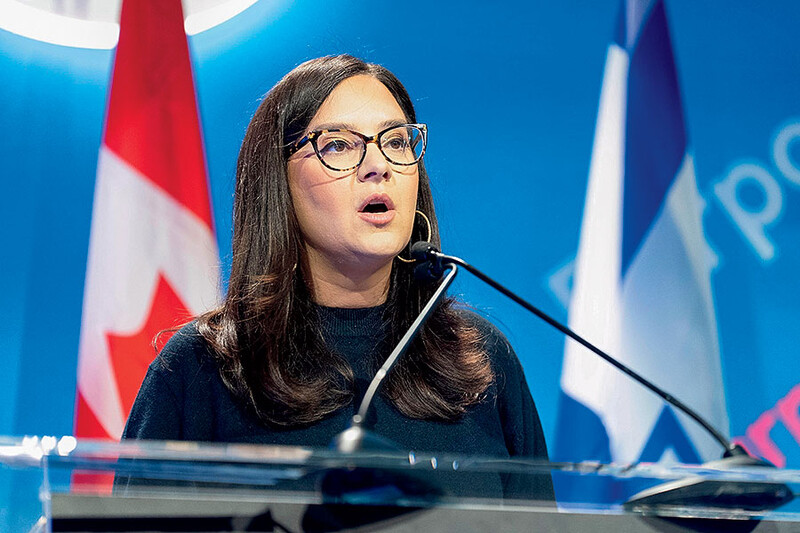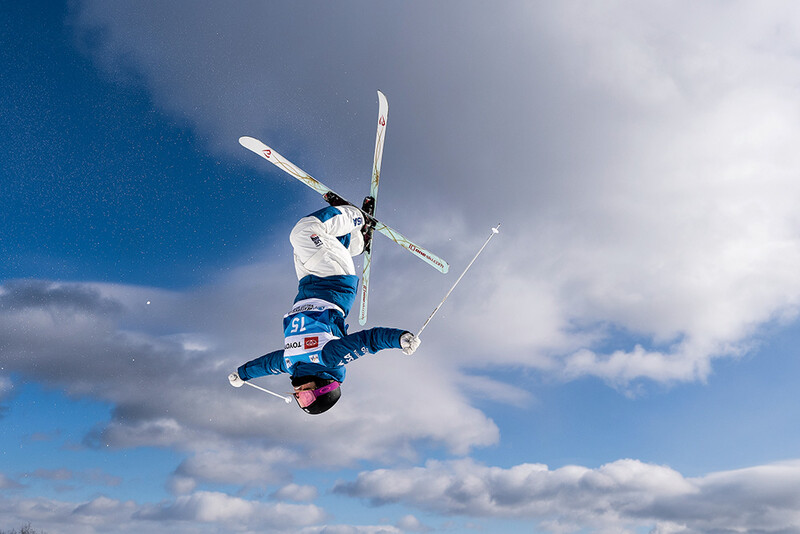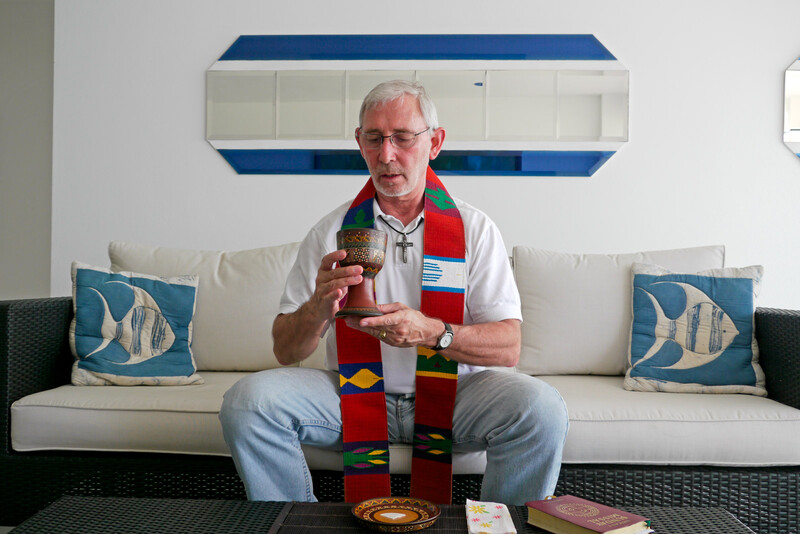What exactly does New Yorkers for Parks do?
Our primary goal is to advocate for the development and maintenance of parks for all New Yorkers. Part of our role is to be a watchdog — holding the city accountable for the promises it’s made and the policy initiatives we think are most important. We also give a voice to the many residents of New York City who feel like they’re not being heard. We’re especially focused on making sure that resources for parks are distributed to underserved areas, like outer-borough neighborhoods populated mostly by people of color.
Why is park advocacy necessary?
Parks and open space are essential for recreation, public health, economic development, and social equity in any urban setting. Yet parks are often the last places where cities invest money and the first places where they cut funding. New York has historically spent a smaller percentage of its overall budget on parks than most other top cities in the United States. This year, the pandemic has laid bare how crucial outdoor spaces are — people are relying on parks more than ever.
Tell us how New York has handled its parks during the pandemic.
The city tried to leave as many spaces open as possible. We’re fortunate to have some very large parks here. But the closure of facilities like playgrounds and basketball courts in the spring had catastrophic effects on mental and physical health for a lot of residents. People were cooped up without exercise or fresh air, and with few ways to interact with their communities. There’s also the issue of heat. Beaches, pools, and playgrounds with sprinklers usually help people who don’t have air conditioning to get out of their apartments and cool off. Thankfully, the city did reopen playgrounds and started to allow swimming at beaches in July. The pandemic is potentially going to be with us for a long time, so we need to figure out how to manage park spaces so that they’re safe and providing the services that we all need.
What is New Yorkers for Parks working on now?
For the past two years, we’ve been developing a campaign called Play Fair, which is focused on increasing the Parks Department’s budget to pay for maintenance, operations, and programming. A key component is pushing the city to provide more funding for Parks Enforcement Patrol (PEP) officers — Parks Department staff that enforce park rules — so that PEP is monitoring parks rather than the NYPD. The campaign is becoming even more critical now in light of the pandemic and the racial injustices we’ve seen in our parks. Unfortunately, the Parks Department budget was cut by 14 percent this year, a loss of roughly 1,700 jobs. Now we’re focusing on increasing the budget for the next fiscal year, and beyond that making parks an important issue in the 2021 mayoral election.
Is it realistic to expect new parks in the near future?
Absolutely. There have been parks planned for a long time. The Bloomberg administration really prioritized developing new spaces, specifically along waterfronts and on the West Side of Manhattan — the High Line, where I oversaw design and planning before coming to New Yorkers for Parks, was a part of that. But the current administration has not made new parks a priority. With the economic recession we’re entering, our organization is going to be advocating that new parks, many of which are shovel-ready ideas that have been around for decades, be part of the city’s recovery. There’s going to be a lot of spending on infrastructure in the upcoming years, and investing in parks is one way we can shape New York City into a healthier and more equitable place to live.
What are some of your favorite parks?
I love Randall’s Island. It’s kind of a hidden gem even though it’s massive and in the middle of the city. I also love the High Line, because I was so involved in saving, developing, and designing it. Lastly, I love Prospect Park in Brooklyn. It’s where my wife, Mia Sage ’11TC, and I take our kids; it’s where they’re going to learn how to ride bikes. It’s where we meet our friends. I consider it my home park.
